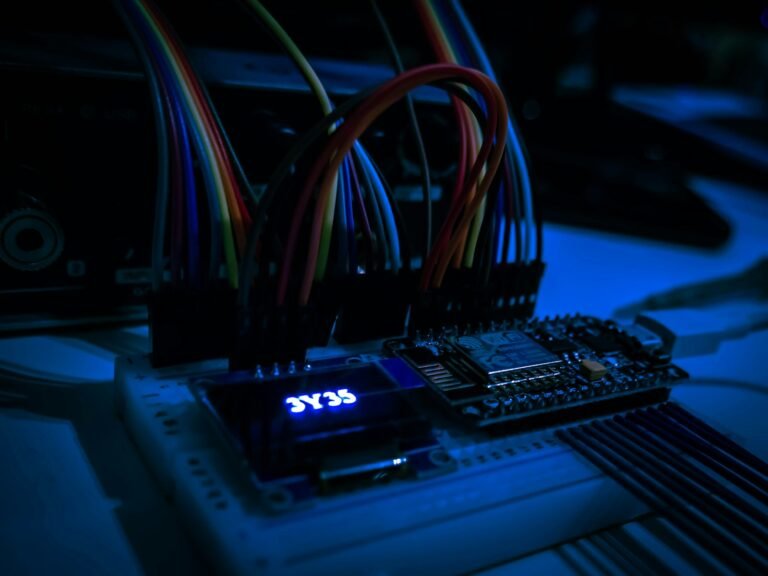Vulnerability in the NestJS Framework Allows Attackers to Run Arbitrary Code on Developers’ Machines.
A critical security vulnerability has been identified in the NestJS framework’s development tools, specifically within the @nestjs/devtools-integration package. This flaw, designated as CVE-2025-54782, allows remote code execution (RCE) attacks, enabling malicious websites to execute arbitrary code on developers’ local machines. The vulnerability arises from an unsafe JavaScript sandbox and inadequate Cross-Origin Resource Sharing (CORS) validation, resulting in a CVSS v4 score of 9.4, indicating a severe threat to the development community. Security researcher JLLeitschuh demonstrated the exploit, which involves a simple HTML form that can trigger the vulnerability when a developer visits a compromised site. To mitigate this risk, developers are urged to upgrade to version 0.2.1, which implements a safer sandboxing alternative using @nyariv/sandboxjs and introduces proper origin validation and authentication mechanisms for devtools connections.
In light of this vulnerability, developers are encouraged to utilise ANY.RUN TI Lookup to enhance their security posture. ANY.RUN provides a powerful tool for threat intelligence, allowing developers to analyse and understand potential threats in real-time. By integrating ANY.RUN into their security practices, developers can proactively identify and mitigate risks associated with vulnerabilities like CVE-2025-54782. This integration not only aids in detecting malicious activities but also enhances overall security awareness within the development community. As the NestJS framework continues to be widely adopted for enterprise-grade applications, leveraging tools like ANY.RUN becomes essential for safeguarding development environments against emerging threats.








